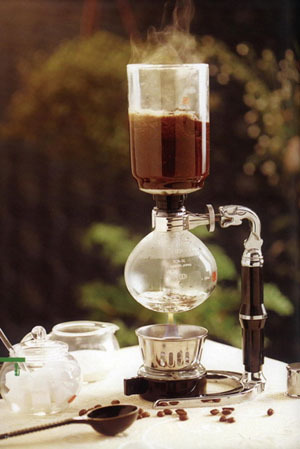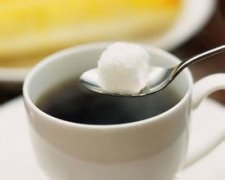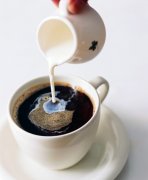The History of siphon Pot basic knowledge of Coffee utensils

In 1840, a glass test tube in a laboratory triggered the invention of the siphon coffee maker (Syphon). The British took the test tube used in Biya's chemical experiment as a model to create the first vacuum coffee pot. Two years later, Mrs. Bachang of France improved the kettle, and the familiar upper and lower convection siphon pot was born. The siphon coffee maker has lived in France for a long time, but it has never been so lucky.
It became popular for the first time when it was brought to Denmark and Japan in the mid-20th century.
The Japanese like the "tortoise hair" personality of the siphon pot technology standard, carefully deliberating the complex relationship between the size of coffee powder, water and time to mobilize the whole army, and develop a well-regulated coffee path.
The aestheticist Danes focused on functional design, Peter, who imported siphon pots from France in the mid-1950 s. Bolton (Peter Bodum), who thought French-made pots were expensive and difficult to use, partnered with architect Kaas Klaeson to develop Bodum's first styling siphon pot, which went public under the name "Santos".
Siphon coffee maker always has a hint of mystery in the impression of most people. Siphon coffee maker plays an important role in the history of coffee development in Taiwan. Italian espresso is very popular in recent years. In contrast, this siphon coffee maker requires higher technology and more cumbersome procedures, and it tends to decline gradually in today's industrial and commercial society. But the mellow coffee that can be brewed by siphon coffee pot can not be compared with ground coffee brewed by machine.
Important Notice :
前街咖啡 FrontStreet Coffee has moved to new addredd:
FrontStreet Coffee Address: 315,Donghua East Road,GuangZhou
Tel:020 38364473
- Prev

Coffee must be drunk while it is hot. Hot coffee is the worst way to taste coffee.
Tasting hot coffee is the worst way to taste coffee. Only when the coffee cools slightly can you realize its hidden characteristics and delicacy, but the coffee will lose its mellow and rich flavor with the passage of time, so it is best to drink it within 10 minutes after brewing. Tasting coffee is not only to feel it with the taste of the tongue, but also to enjoy the aromatic mellow in the mouth.
- Next

Coffee bean ingredient vocabulary introduction what is caffeine?
Caffeine: caffeine is the most eye-catching of all the ingredients in coffee. It is a kind of phytoxanthin (animal muscle component). It has the same properties as theobromine contained in cocoa, green tea contains the same theophylline, and the percentage of reduction after baking is very small. Caffeine has a very wide range of effects. will affect the human brain, heart, blood vessels, gastrointestinal, muscle and kidney and other parts, the right amount of caffeine
Related
- Detailed explanation of Jadeite planting Land in Panamanian Jadeite Manor introduction to the grading system of Jadeite competitive bidding, Red bid, Green bid and Rose Summer
- Story of Coffee planting in Brenka region of Costa Rica Stonehenge Manor anaerobic heavy honey treatment of flavor mouth
- What's on the barrel of Blue Mountain Coffee beans?
- Can American coffee also pull flowers? How to use hot American style to pull out a good-looking pattern?
- Can you make a cold extract with coffee beans? What is the right proportion for cold-extracted coffee formula?
- Indonesian PWN Gold Mandrine Coffee Origin Features Flavor How to Chong? Mandolin coffee is American.
- A brief introduction to the flavor characteristics of Brazilian yellow bourbon coffee beans
- What is the effect of different water quality on the flavor of cold-extracted coffee? What kind of water is best for brewing coffee?
- Why do you think of Rose Summer whenever you mention Panamanian coffee?
- Introduction to the characteristics of authentic blue mountain coffee bean producing areas? What is the CIB Coffee Authority in Jamaica?

